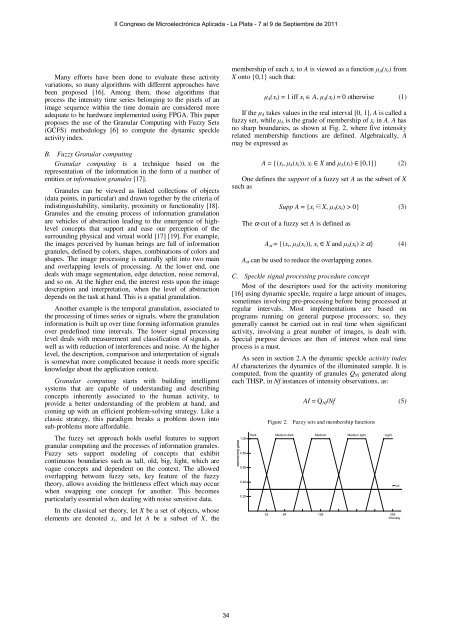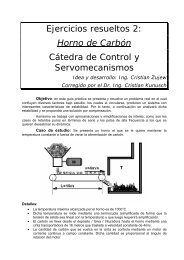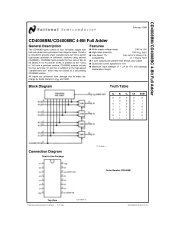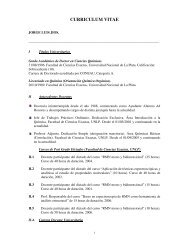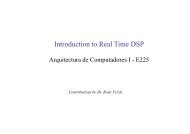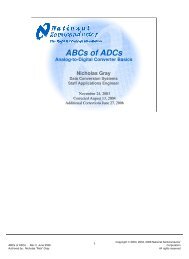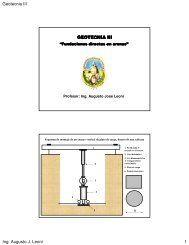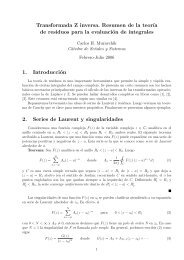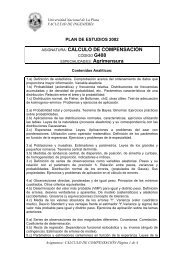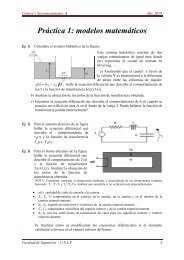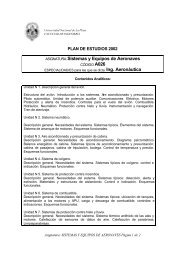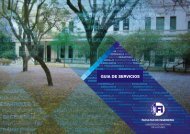Memorias - Facultad de IngenierÃa - Universidad Nacional de La Plata
Memorias - Facultad de IngenierÃa - Universidad Nacional de La Plata
Memorias - Facultad de IngenierÃa - Universidad Nacional de La Plata
Create successful ePaper yourself
Turn your PDF publications into a flip-book with our unique Google optimized e-Paper software.
II Congreso <strong>de</strong> Microelectrónica Aplicada - <strong>La</strong> <strong>Plata</strong> - 7 al 9 <strong>de</strong> Septiembre <strong>de</strong> 2011<br />
Many efforts have been done to evaluate these activity<br />
variations, so many algorithms with different approaches have<br />
been proposed [16]. Among them, those algorithms that<br />
process the intensity time series belonging to the pixels of an<br />
image sequence within the time domain are consi<strong>de</strong>red more<br />
a<strong>de</strong>quate to be hardware implemented using FPGA. This paper<br />
proposes the use of the Granular Computing with Fuzzy Sets<br />
(GCFS) methodology [6] to compute the dynamic speckle<br />
activity in<strong>de</strong>x.<br />
B. Fuzzy Granular computing<br />
Granular computing is a technique based on the<br />
representation of the information in the form of a number of<br />
entities or information granules [17].<br />
Granules can be viewed as linked collections of objects<br />
(data points, in particular) and drawn together by the criteria of<br />
indistinguishability, similarity, proximity or functionality [18].<br />
Granules and the ensuing process of information granulation<br />
are vehicles of abstraction leading to the emergence of highlevel<br />
concepts that support and ease our perception of the<br />
surrounding physical and virtual world [17] [19]. For example,<br />
the images perceived by human beings are full of information<br />
granules, <strong>de</strong>fined by colors, shapes, combinations of colors and<br />
shapes. The image processing is naturally split into two main<br />
and overlapping levels of processing. At the lower end, one<br />
<strong>de</strong>als with image segmentation, edge <strong>de</strong>tection, noise removal,<br />
and so on. At the higher end, the interest rests upon the image<br />
<strong>de</strong>scription and interpretation, when the level of abstraction<br />
<strong>de</strong>pends on the task at hand. This is a spatial granulation.<br />
Another example is the temporal granulation, associated to<br />
the processing of times series or signals, where the granulation<br />
information is built up over time forming information granules<br />
over pre<strong>de</strong>fined time intervals. The lower signal processing<br />
level <strong>de</strong>als with measurement and classification of signals, as<br />
well as with reduction of interferences and noise. At the higher<br />
level, the <strong>de</strong>scription, comparison and interpretation of signals<br />
is somewhat more complicated because it needs more specific<br />
knowledge about the application context.<br />
Granular computing starts with building intelligent<br />
systems that are capable of un<strong>de</strong>rstanding and <strong>de</strong>scribing<br />
concepts inherently associated to the human activity, to<br />
provi<strong>de</strong> a better un<strong>de</strong>rstanding of the problem at hand, and<br />
coming up with an efficient problem-solving strategy. Like a<br />
classic strategy, this paradigm breaks a problem down into<br />
sub-problems more affordable.<br />
The fuzzy set approach holds useful features to support<br />
granular computing and the processes of information granules.<br />
Fuzzy sets support mo<strong>de</strong>ling of concepts that exhibit<br />
continuous boundaries such as tall, old, big, light, which are<br />
vague concepts and <strong>de</strong>pen<strong>de</strong>nt on the context. The allowed<br />
overlapping between fuzzy sets, key feature of the fuzzy<br />
theory, allows avoiding the brittleness effect which may occur<br />
when swapping one concept for another. This becomes<br />
particularly essential when <strong>de</strong>aling with noise sensitive data.<br />
In the classical set theory, let X be a set of objects, whose<br />
elements are <strong>de</strong>noted x i , and let A be a subset of X, the<br />
membership of each x i to A is viewed as a function μ A (x i ) from<br />
X onto {0,1} such that:<br />
1.00<br />
0.80<br />
0.60<br />
0.40<br />
0.20<br />
μ A (x i ) = 1 iff x i ∈ A, μ A (x i ) = 0 otherwise (1)<br />
If the μ A takes values in the real interval [0, 1], A is called a<br />
fuzzy set, while μ A is the gra<strong>de</strong> of membership of x i in A. A has<br />
no sharp boundaries, as shown at Fig. 2, where five intensity<br />
related membership functions are <strong>de</strong>fined. Algebraically, A<br />
may be expressed as<br />
A = {(x i , μ A (x i )), x i X and μ A (x i ) [0,1]} (2)<br />
One <strong>de</strong>fines the support of a fuzzy set A as the subset of X<br />
such as<br />
Supp A = {x i X, μ A (x i ) > 0} (3)<br />
The α-cut of a fuzzy set A is <strong>de</strong>fined as<br />
A α = {(x i , μ A (x i )), x i X and μ A (x i ) ≥α} (4)<br />
A α can be used to reduce the overlapping zones.<br />
C. Speckle signal processing procedure concept<br />
Most of the <strong>de</strong>scriptors used for the activity monitoring<br />
[16] using dynamic speckle, require a large amount of images,<br />
sometimes involving pre-processing before being processed at<br />
regular intervals. Most implementations are based on<br />
programs running on general purpose processors; so, they<br />
generally cannot be carried out in real time when significant<br />
activity, involving a great number of images, is <strong>de</strong>alt with.<br />
Special purpose <strong>de</strong>vices are then of interest when real time<br />
process is a must.<br />
As seen in section 2.A the dynamic speckle activity in<strong>de</strong>x<br />
AI characterizes the dynamics of the illuminated sample. It is<br />
computed, from the quantity of granules Q Nf generated along<br />
each THSP, in Nf instances of intensity observations, as:<br />
AI = Q Nf /Nf (5)<br />
Figure 2. Fuzzy sets and membership functions<br />
Dark Medium dark Medium Medium light Light<br />
32 64 128 255<br />
Intensity<br />
cut<br />
34


